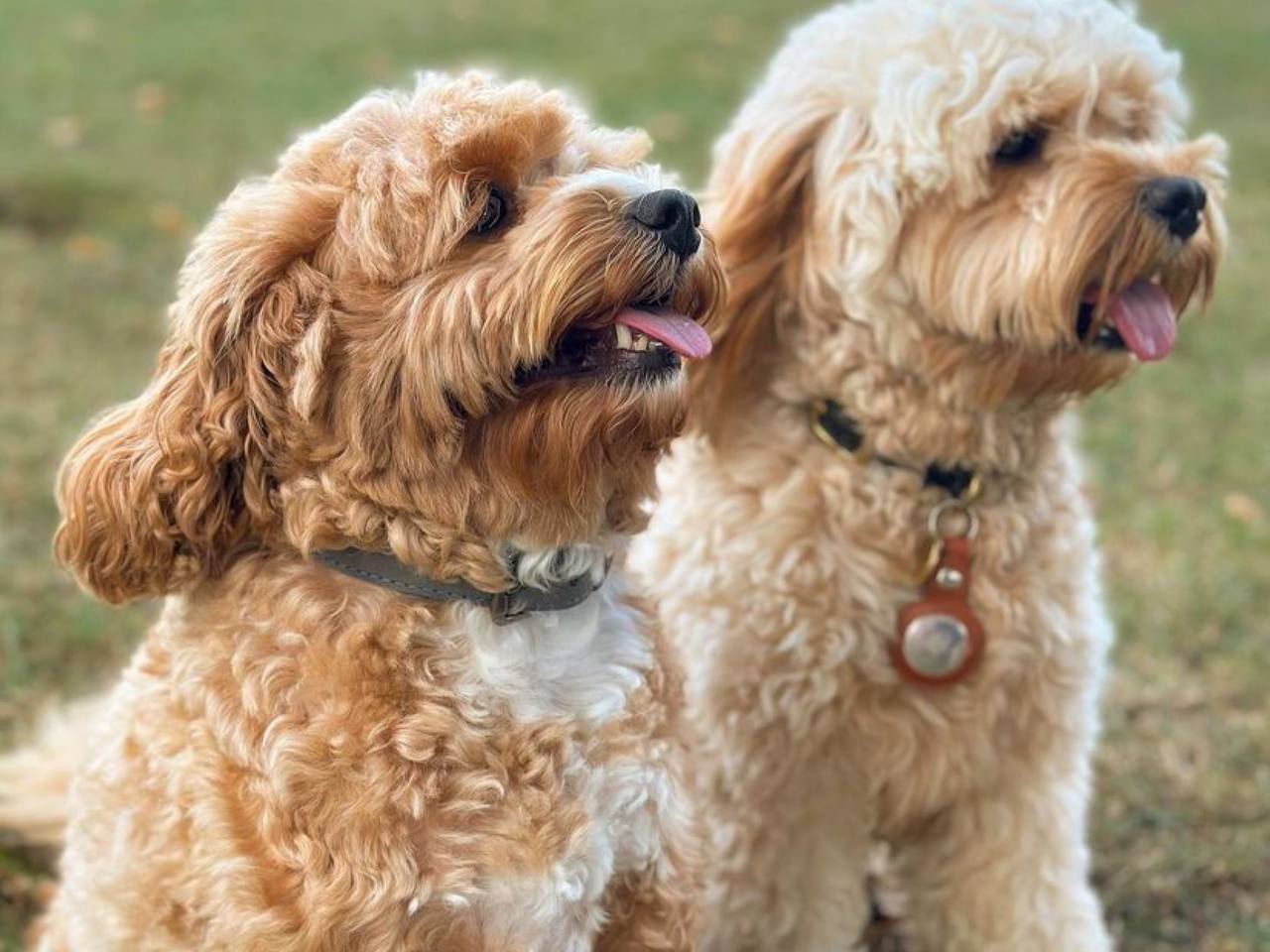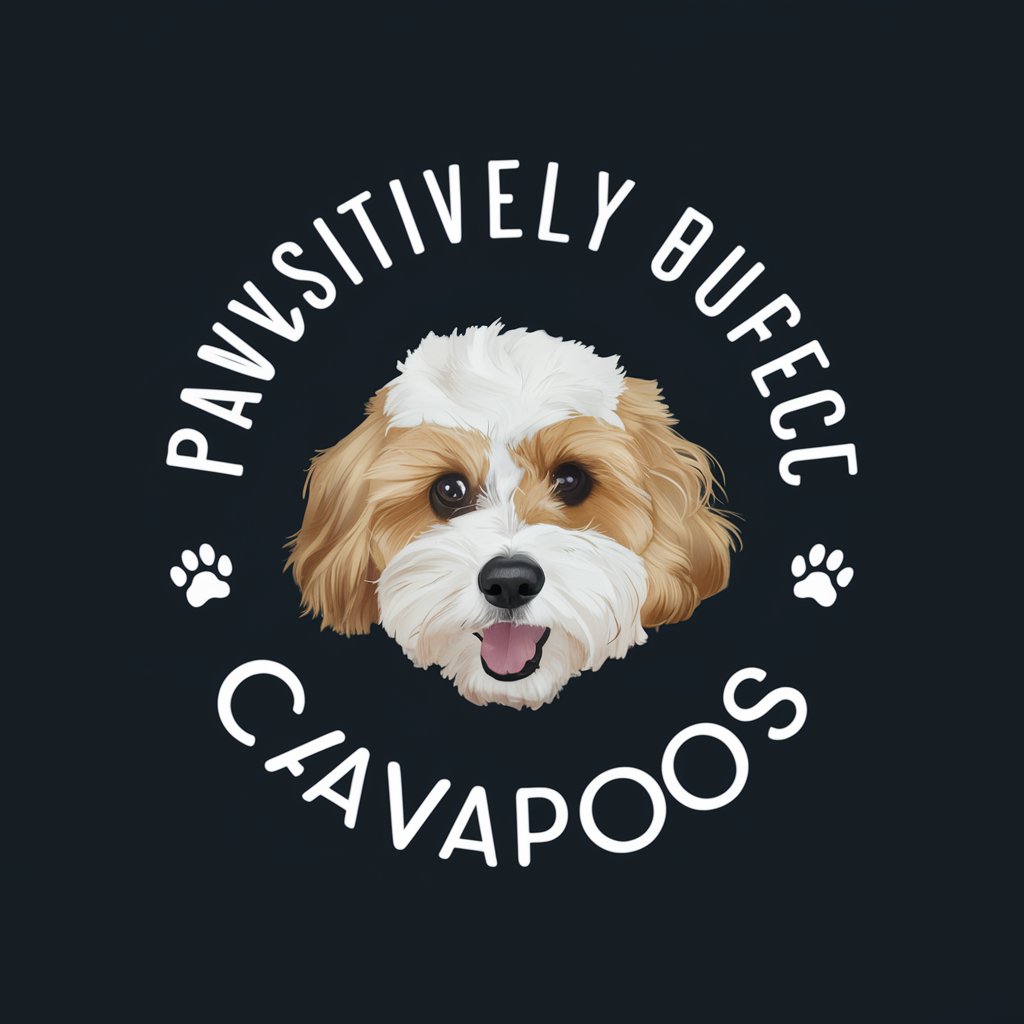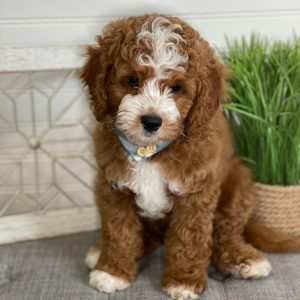How To Stop a Cavapoo From Barking
Stopping or managing excessive barking in a Cavapoo puppy requires patience, consistency, and understanding the underlying reasons for the behavior. Here’s a detailed guide to help you address and reduce barking in your Cavapoo:

Understand the Cause of Barking
- Attention-Seeking:
- Cavapoos may bark to get attention from their owners.
- Ensure your dog is not barking because they need something, like food, water, or to go outside.
- Boredom:
- If your Cavapoo is bored or under-stimulated, they might bark to entertain themselves.
- Provide adequate physical and mental stimulation through exercise, play, and interactive toys.
- Anxiety or Fear:
- Anxiety, especially separation anxiety, can cause excessive barking.
- Identify triggers (e.g., being left alone, loud noises) and work on desensitizing your dog to these situations.
- Territorial or Protective:
- Cavapoos may bark to alert you to perceived threats or to protect their territory.
- Acknowledge the behavior but teach them to stop when the threat is gone.
- Excitement:
- Some dogs bark out of excitement when meeting new people or animals or during play.
- Teach your dog alternative behaviors to express excitement, like sitting or fetching a toy.
- Medical Issues:
- Rule out any medical issues that could be causing discomfort or pain, leading to barking.
- Consult a vet if the barking seems sudden or unusual.
Cavapoo Puppies
Training Techniques to Stop Barking
- Teach the “Quiet” Command:
- Step 1: Allow your dog to bark once or twice when they hear a trigger.
- Step 2: Say “Quiet” in a calm, firm voice.
- Step 3: As soon as your dog stops barking, even for a second, praise them and offer a treat.
- Step 4: Practice this regularly, gradually increasing the time your dog needs to be quiet before receiving a reward.
- Desensitization:
- Gradually expose your Cavapoo to the trigger that causes barking in a controlled manner.
- Start with the trigger at a distance where your dog doesn’t bark, and reward them for staying calm.
- Slowly decrease the distance over time, continuing to reward calm behavior.
- Ignore Attention-Seeking Barking:
- If your Cavapoo is barking to get your attention, do not respond until they stop.
- Once they are quiet, give them attention and praise. This teaches them that silence gets them what they want.
- Counter-Conditioning:
- Change your dog’s emotional response to a trigger. For example, if they bark at the doorbell, pair the sound with a treat until they associate the doorbell with something positive.
- Use of Distractions:
- Provide distractions like a toy or treat when you know a barking trigger is likely (e.g., when visitors arrive).
- Engage them in an activity that requires focus, like obedience training, to distract them from the trigger.
- Create a Calm Environment:
- If your Cavapoo barks due to anxiety or overstimulation, create a calm, quiet environment for them.
- Use calming aids like pheromone diffusers, calming collars, or anxiety wraps.
Consistency is Key
- Consistent Commands:
- Ensure everyone in the household uses the same commands and training techniques to avoid confusing your dog.
- Regular Training:
- Practice the training techniques consistently, even when the barking decreases, to reinforce the behavior.
- Reward Good Behavior:
- Always reward your Cavapoo when they exhibit the desired behavior, reinforcing the quiet behavior.
Avoid Negative Reinforcement
- Don’t Yell:
- Yelling can increase anxiety and may make your dog bark more. Stay calm and patient.
- Avoid Punishment:
- Punishing your dog for barking can lead to fear or aggression. Focus on positive reinforcement instead.
- Don’t Use Bark Collars:
- Devices like shock collars can cause harm and don’t address the root cause of barking.
Address Separation Anxiety
- Gradual Desensitization:
- Leave your Cavapoo alone for short periods, gradually increasing the time they are alone to help them get used to it.
- Calm Exits and Entries:
- Avoid making a big deal out of leaving or returning home to reduce anxiety-related barking.
- Comforting Items:
- Leave a piece of clothing with your scent or a favorite toy to comfort your dog while you’re away.
Provide Adequate Exercise
- Daily Walks:
- Regular exercise can help reduce excess energy that might lead to barking.
- Playtime:
- Engage your Cavapoo in games like fetch or tug-of-war to tire them out and keep them mentally stimulated.
Use of Professional Help
- Consult a Trainer:
- If barking persists, consider working with a professional dog trainer who can provide personalized advice and training.
- Behaviorist Consultation:
- For severe cases of anxiety or behavioral issues, a veterinary behaviorist may be able to help.
By understanding the reasons behind your Cavapoo’s barking and consistently applying the appropriate training techniques, you can significantly reduce or eliminate excessive barking. Patience and consistency are key to success.












